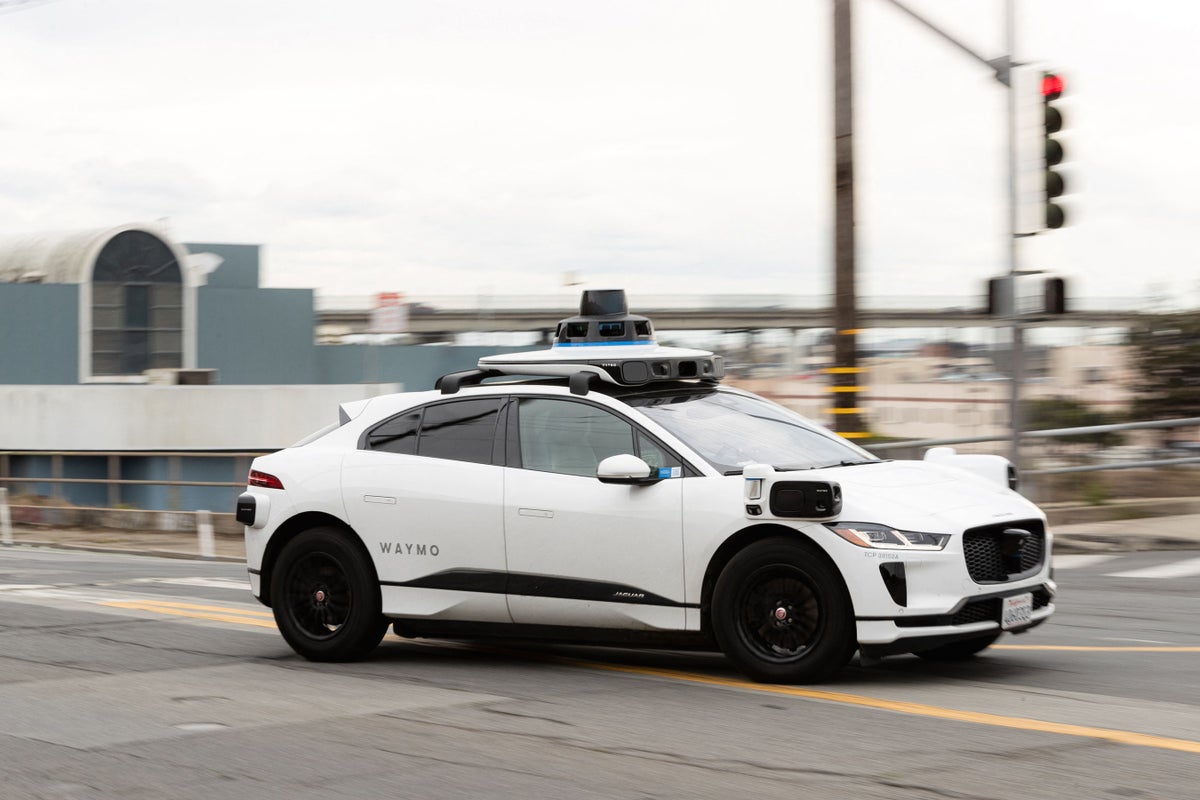VPN Wisdom: Your Guide to Online Privacy
Explore the world of VPNs and enhance your online security.
Driving into the Future: How Autonomous Vehicles Are Changing the Game
Discover how autonomous vehicles are revolutionizing transportation and shaping our future. Don't miss the ride into tomorrow!
Exploring the Technology Behind Autonomous Vehicles: How They Work
The realm of autonomous vehicles is a fascinating blend of advanced technologies that work in harmony to enable self-driving capabilities. At the core of this innovation are several key components: sensors, artificial intelligence (AI), and machine learning algorithms. Sensors such as LiDAR, radar, and cameras allow vehicles to perceive their surroundings, capturing crucial data about obstacles, lane markings, and traffic conditions. This sensory information is then processed using AI, which interprets the data to understand the vehicle's environment in real-time. The integration of these technologies facilitates precise navigation and decision-making, simulating a human driver's awareness on the road.
Moreover, autonomous vehicles utilize sophisticated software systems that employ machine learning to continually improve their performance. Through extensive data collection from various driving scenarios, these systems learn to recognize patterns and make informed predictions about potential hazards. Notably, the concept of V2X (Vehicle-to-Everything) communication enhances safety by allowing vehicles to communicate with each other and infrastructure, like traffic signals. This coordination helps in optimizing traffic flow and reducing accidents, paving the way for a smarter and safer transportation future.

The Impact of Autonomous Vehicles on Urban Mobility and Infrastructure
The integration of autonomous vehicles into urban environments stands to revolutionize the way we understand mobility. With the ability to communicate with each other and their surroundings, these vehicles promise to reduce traffic congestion and enhance safety on the roads. As cities adapt to this emerging technology, we can expect significant changes in urban infrastructure, including the design of roads, traffic signals, and parking spaces. This shift not only aims to improve travel efficiency but also prioritizes the reduction of emissions, contributing to a more sustainable urban ecosystem.
Moreover, the rise of autonomous vehicles could lead to a reimagining of urban landscapes and community planning. For instance, less reliance on personal car ownership may pave the way for more pedestrian-friendly cities, with increased green spaces and enhanced public transport options. Planners and policymakers will need to consider factors like last-mile connectivity and the integration of technology into public transport systems. Ultimately, the successful implementation of autonomous vehicles hinges on collaboration among technology developers, city officials, and the community to create an innovative and efficient urban mobility framework.
Are We Ready for Self-Driving Cars? Addressing Safety and Legal Concerns
As we stand on the brink of a technological revolution, the question remains: Are we ready for self-driving cars? These vehicles promise to transform our daily commutes, but they also bring forth a myriad of safety and legal concerns. One major aspect to consider is the effectiveness of autonomous navigation systems in unpredictable driving conditions. A study on human reaction times illustrates that while self-driving cars can process data faster than a human, they still struggle with complex scenarios such as sudden obstacles or erratic behaviors of other drivers. This raises significant questions about their ability to ensure passenger safety and the potential repercussions of system failures.
Furthermore, the legal concerns regarding self-driving cars cannot be overlooked. Who is held liable in the event of an accident involving an autonomous vehicle? Is it the manufacturer, the software developer, or the owner? Current laws are inadequate to address these complexities, and the absence of clear regulations could lead to lengthy legal battles and increased insurance costs. As we move forward with the integration of self-driving technology, it is essential for lawmakers and industry leaders to collaborate closely to establish comprehensive frameworks that prioritize public safety while fostering innovation.